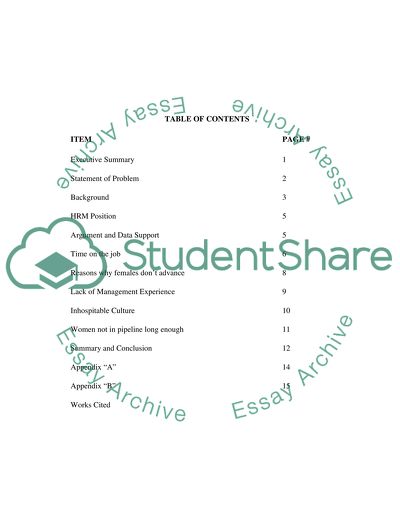Cite this document
(“Women in management Essay Example | Topics and Well Written Essays - 3000 words”, n.d.)
Retrieved from https://studentshare.org/sociology/1518237-women-in-management
Retrieved from https://studentshare.org/sociology/1518237-women-in-management
(Women in Management Essay Example | Topics and Well Written Essays - 3000 Words)
https://studentshare.org/sociology/1518237-women-in-management.
https://studentshare.org/sociology/1518237-women-in-management.
“Women in Management Essay Example | Topics and Well Written Essays - 3000 Words”, n.d. https://studentshare.org/sociology/1518237-women-in-management.


